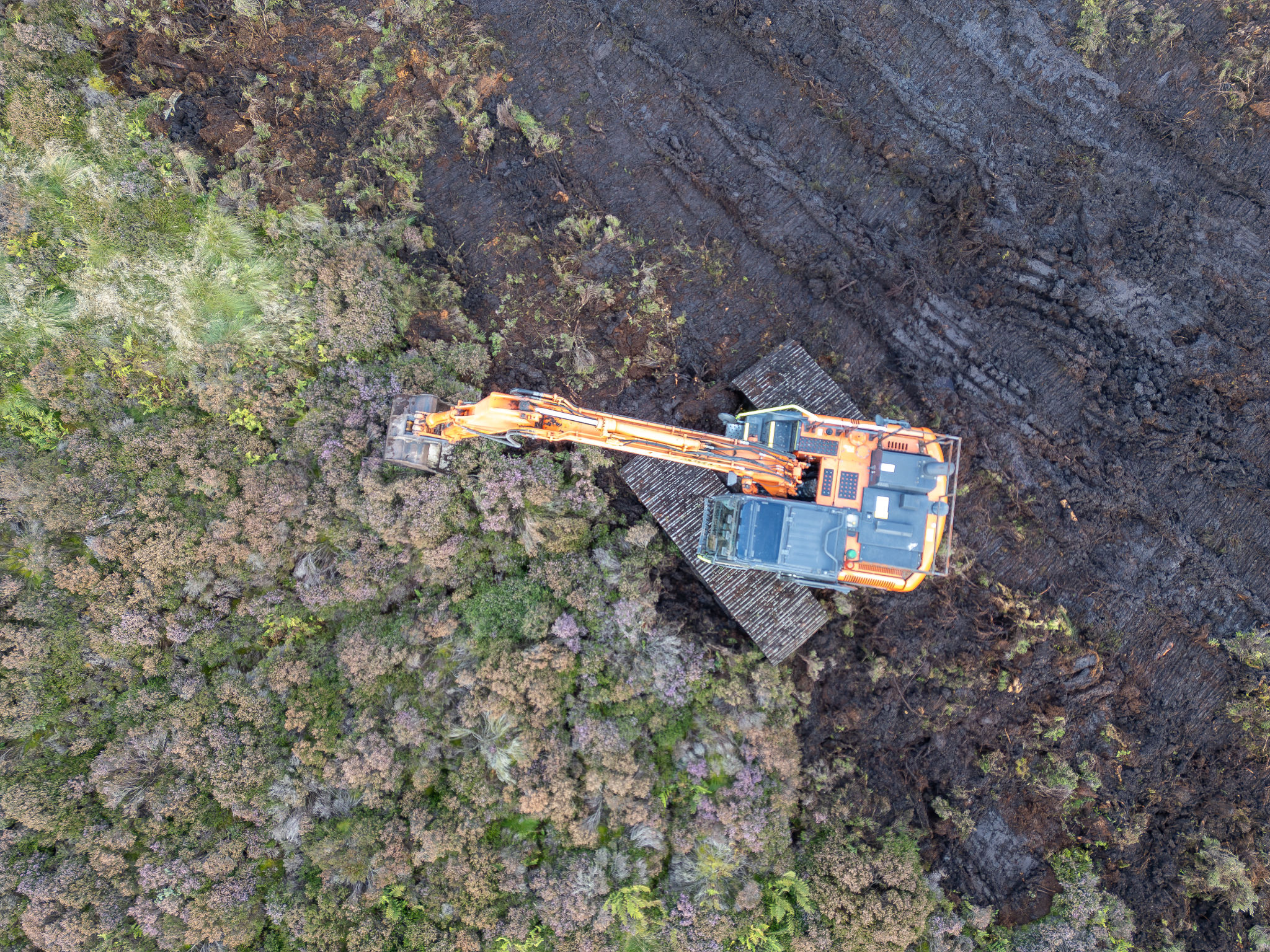How to Conduct a Wetland Restoration Project: A Step-by-Step Guide
Understanding Wetland Restoration
Wetlands are vital ecosystems that provide numerous ecological benefits, including water filtration, flood control, and habitat for diverse wildlife. Conducting a wetland restoration project can be a rewarding endeavor that contributes to environmental conservation. This guide will walk you through the essential steps to undertake a successful restoration project.

Assessing the Site
The first step in any wetland restoration project is a thorough site assessment. Begin by evaluating the current condition of the wetland. Key factors to consider include soil type, water sources, existing vegetation, and the presence of wildlife. Conducting a detailed assessment helps in understanding the extent of degradation and planning the necessary interventions.
Consult with environmental experts and local authorities to gather historical data about the wetland. Understanding past land use, hydrology changes, and ecological impacts is crucial in formulating effective restoration strategies.
Setting Clear Objectives
Establishing clear objectives is essential to guide the restoration process. Determine what you aim to achieve, whether it’s improving water quality, enhancing biodiversity, or restoring natural vegetation. Setting specific goals will help in measuring the success of the project and making informed decisions.

Planning and Design
With your objectives in place, develop a comprehensive restoration plan. This plan should include detailed designs of the interventions needed, such as regrading land, planting native vegetation, or creating water channels. Engage with landscape architects or ecologists to create a sustainable design that aligns with natural processes.
Consider potential challenges such as invasive species or climate change impacts. Developing a flexible plan that anticipates these challenges will increase the project's resilience and long-term success.
Implementing the Restoration
The implementation phase involves executing the planned interventions. This may include activities like replanting native species, removing invasive plants, and restoring the wetland’s hydrology. It is crucial to follow best practices and use appropriate techniques to minimize any adverse effects on the ecosystem.

Monitoring and Maintenance
After implementation, continuous monitoring is necessary to assess the project's progress. Regularly check the health of newly planted vegetation, water quality, and wildlife presence. Use this data to make adjustments as needed and ensure the wetland is developing according to your objectives.
Maintenance activities like controlling invasive species and repairing any damage should be part of an ongoing management plan. Commitment to long-term monitoring and maintenance is vital for sustaining the benefits of the restoration project.
Engaging the Community
Community involvement can significantly enhance the success of a wetland restoration project. Educate local residents about the importance of wetlands and encourage their participation in restoration efforts. Hosting volunteer days or educational workshops can foster a sense of ownership and stewardship among community members.
By following these steps, you can contribute to the preservation and enhancement of these critical ecosystems. Remember, each wetland is unique, so tailor your approach to address specific site conditions and ecological goals.